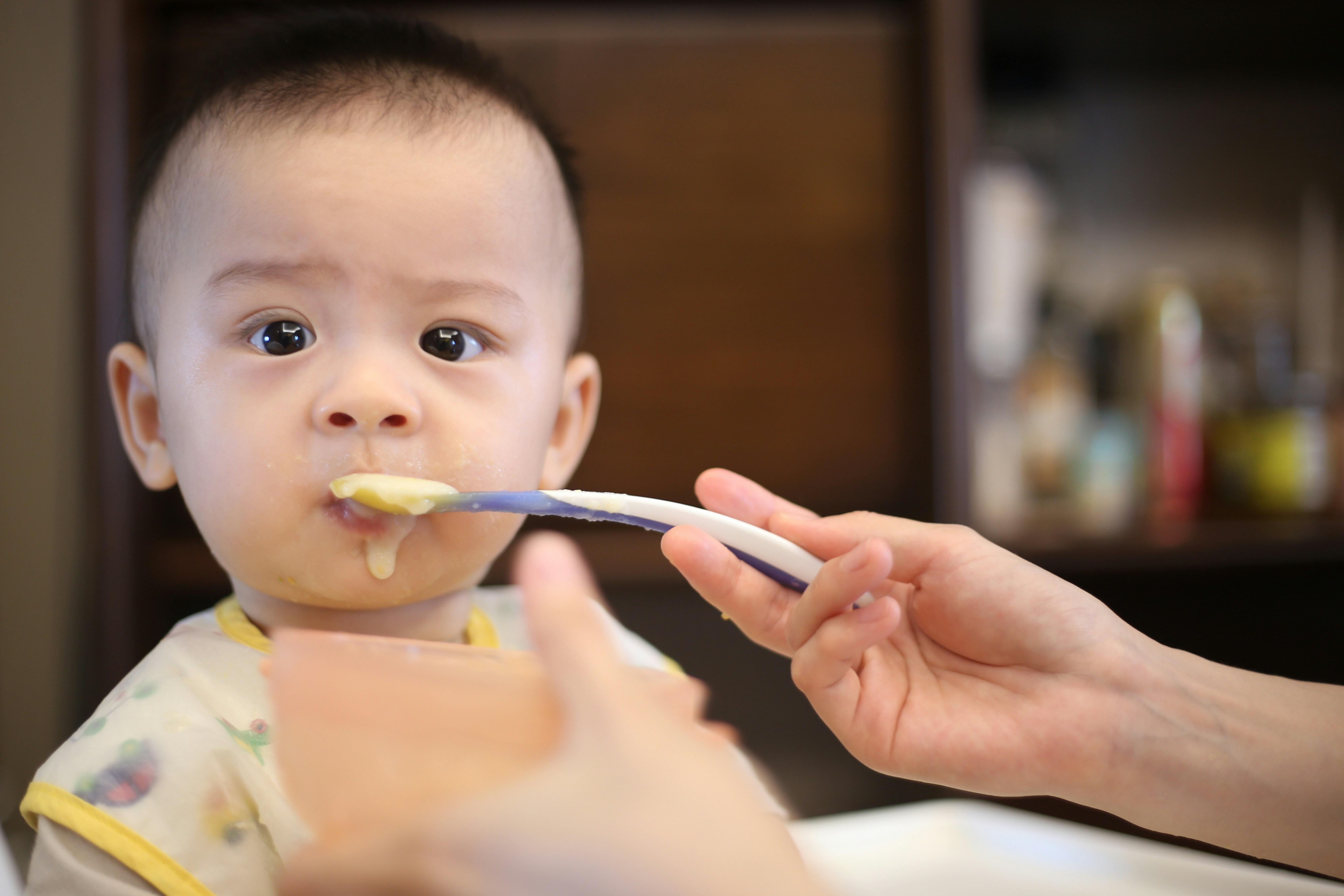
First published: 9 January 2022 @ 6:00 pm
Nowadays, there is a lot of debate on the benefits of baby led weaning and the traditional baby purées. It is really hard to tell which one is the better feeding approach and variety of food.
But we can find out some differences between them. In this article, we will compare both of them and see which one is better for your kid.
Photo by Vanessa Loring on Pexels
What is Baby Led Weaning?
Baby Led Weaning (BLW) is a method of feeding your baby which involves the baby to feed himself/herself with finger food. It is also called natural baby food, no puréeing, baby finger foods, no spoon.
Weaning approaches are usually recommended for babies who are 6 months or older, and they can learn to eat food by themselves.
Baby Led Weaning is often used as a complementary feeding method because it allows babies to develop their oral motor skills while learning how to self-feed themselves from an early age.
What is a Traditional Baby Purée?
Traditional baby purée refers to all those baby food products that contain cooked vegetables and fruits blended together with a small amount of water or breast milk as a base ingredient for smoothies or baby cereal.
It is recommended for babies who are 6 months or older. Baby purées are also called traditional baby food, purée, traditional spoon feeding, and baby food.
Pros and Cons of Baby Led Weaning
Pros
First, baby led weaning is more fun than traditional baby purées. You can make the food in your own way. This will make your baby more interested in the food.
Second, baby led weaning is less work than traditional baby purées. You don’t have to wash the bowl, blender, spoon and all the other things every time you feed your baby their food with this method.
So it is more convenient for you and also easier for your baby to learn how to eat properly. It can be an advantage when you are travelling with a little baby, because you don’t have to carry so many things with you.
Third, baby led weaning helps your child learn independence when eating their food, which will be useful in later life when they are older, or they go to school or college, etc.
Cons
First, it can be dangerous for your baby when they use their fingers to feed themselves, which may cause some kinds of infections or injuries when they are little babies or toddlers.
Second, you have to be careful about the foods that you choose for your baby’s diet with this method, because some foods can be dangerous for them, such as salt, sugar, wheat and so on.
Third, the food that you prepare with this method may not taste as good as those prepared with traditional baby purées, which means your baby may not like the food as much as before. It may be hard for them to eat the first time, which could cause fussiness and poor eating habits in the future.
Pros and Cons of Traditional Baby Purée
Pros
First, the ingredients in traditional baby purées are more healthy than those in baby led weaning as well as breast milk or formula.
You don’t need to worry about the chemicals and preservatives which are used to make foods such as processed foods or canned foods safe for babies, because they don’t use any of them in their recipes of traditional baby purées.
Second, traditional baby purées allow babies to feed themselves and control the quantity of food they eat by putting it into their mouth and chewing it like gum.
Third, traditional baby purées are more nutritious than other types of food because they use ingredients that are high in protein and vitamins.
They contain the natural goodness of the foods that you eat at home. Therefore, they can provide more nutrients to your kid and are categorized as healthy foods.
Cons
First, it is not easy to prepare traditional baby purées for babies who are still very young. If you want to make it yourself, you need to peel and boil or steam some vegetables or fruits before you mash them with some eggs or coconut milk until they are soft enough for your baby to chew them well (this process is called puréeing).
Then, you need to strain the food before giving it to your kid. If you don’t have enough time or energy, then traditional baby purées may not be suitable for you and your family because it takes a lot of time and effort.
Second, the ingredients in traditional baby purées are more expensive than those in baby led weaning or breast milk or formula because they are more nutritious and contain the natural goodness of the foods that you eat at home.
For example, mashed potato contains more protein and vitamins than mashed avocado because it contains potato and milk. Therefore, you can feed your kid with more nutrients if you use traditional baby purées rather than the weaning method or breast milk or formula.
Third, traditional baby purées require a lot of time and effort for preparation because it needs several steps before feeding it to your kid (this process is called puréeing). However, baby led weaning doesn’t need any preparation before feeding it to your kid.
Photo by Rachel Loughman on Pexels
Which One is Better?
It is hard to choose between the two. They both have benefits and disadvantages. But it is a little hard to tell which one is better.
However, you need to choose base on your baby’s preference. For example, if your baby is picky about food, then he will prefer the traditional baby purées.
If your baby likes to play with his food and is an adventurous eater, then he or she will prefer the baby led weaning. Therefore, you need to do some research about the advantages and disadvantages of both. Then you can decide which one is better for your baby.
In conclusion, the most important thing to remember is that each baby is different. You will need to do some research on your own to see what works best for your baby.
If you do not feel comfortable with this method, try something else! Do not feel like you have to stick with one method forever.
Your baby will eventually learn how to eat solid foods or complementary foods on his or her own, and then you can try something else! If your baby is ready for solids before six months of age, do not be afraid to try out this technique!
Just remember that this technique should only be used if it works well for your baby, and you are comfortable with the range of foods. You can always change things later if they do not work well.
Read more about children’s development stages, how to develop children’s social skills and how to develop consistent healthy habits for babies on Mature Parent blog!





